North Korea releases photos of Kim Jong-un celebrating latest missile launch
Pyongyang claims it now has the ability to strike the entire mainland United States
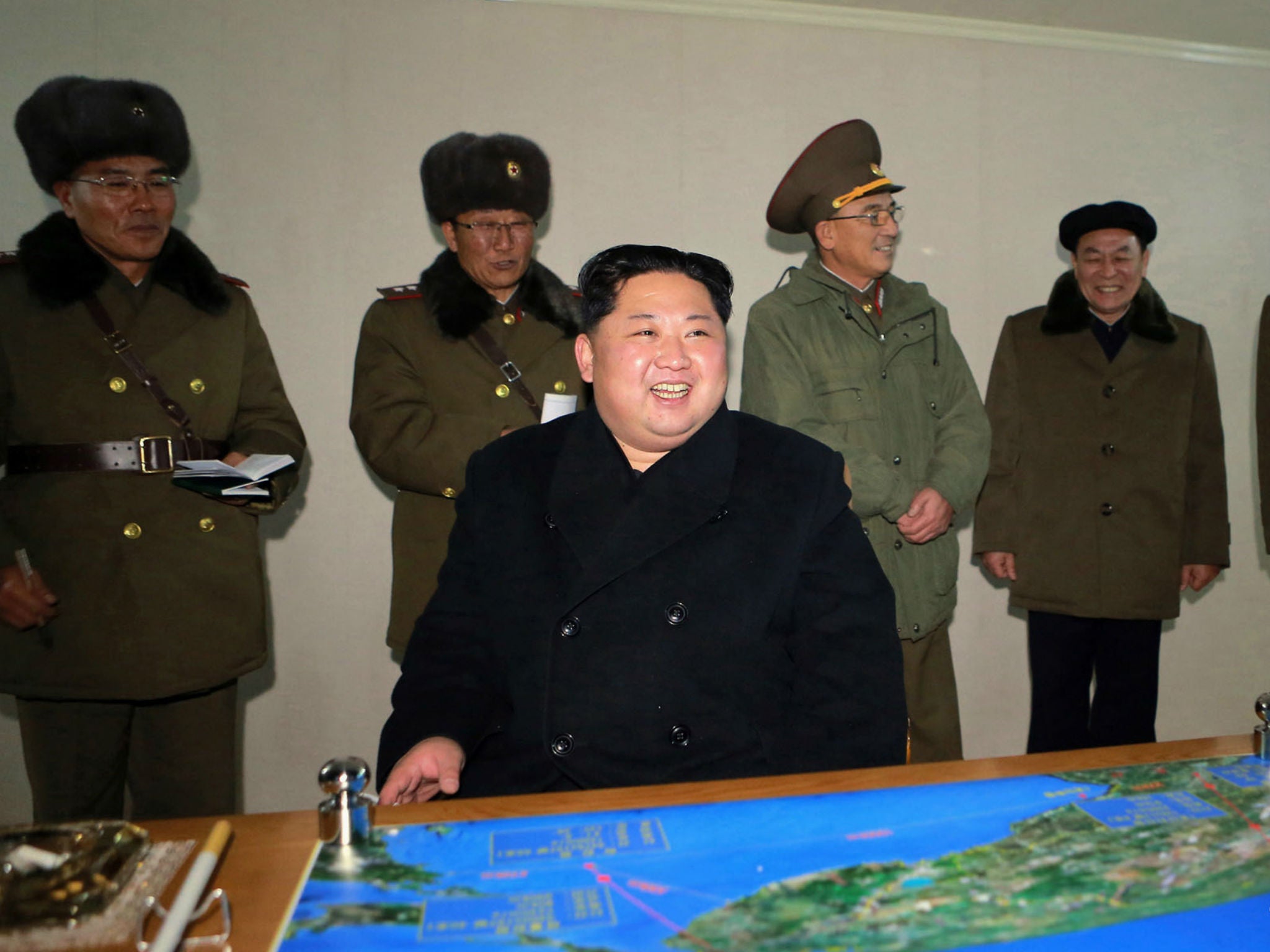
North Korea’s state news agency has released photos showing North Korean leader Kim Jong-un inspecting military hardware following the isolated nation’s latest intercontinental ballistic missile launch.
A global chorus of condemnations greeted the launch, which propelled a missile roughly 1,000 km into the sea near Japan.
While advocating a peaceful resolution to North Korean belligerence and urging other countries to sever all ties to North Korea, America’s ambassador to the United Nations Nikki Haley warned that the firing made conflict more likely, in which case “the North Korean regime will be utterly destroyed”.
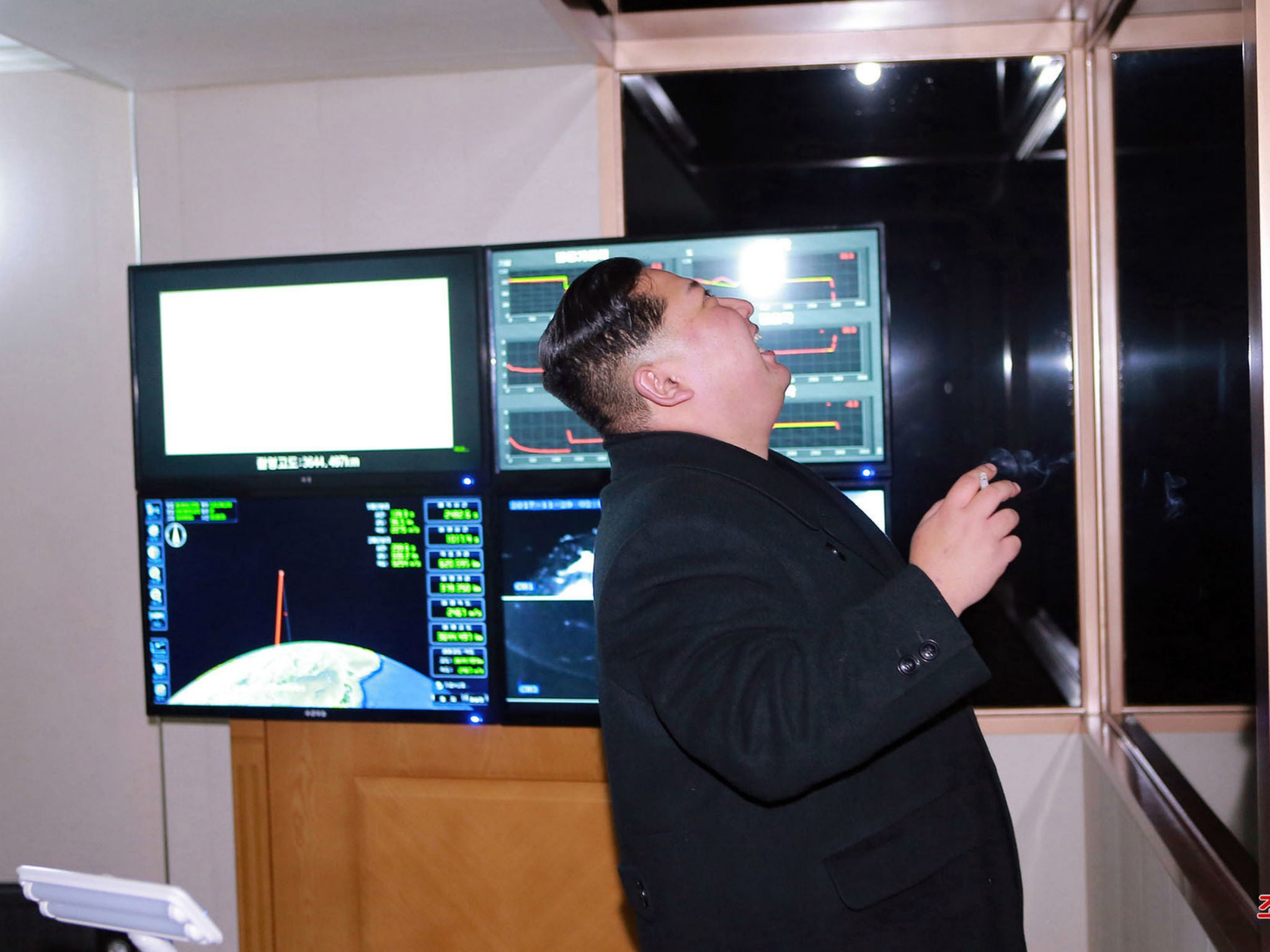
But North Korea celebrated the test as the latest sign of its evolving military prowess.
According to state media, Mr Kim described the act as a “breakthrough” and said it demonstrated North Korea’s expanded military capabilities.
“Kim Jong Un declared with pride that now we have finally realised the great historic cause of completing the state nuclear force, the cause of building a rocket power,” a statement read by a television presenter said.
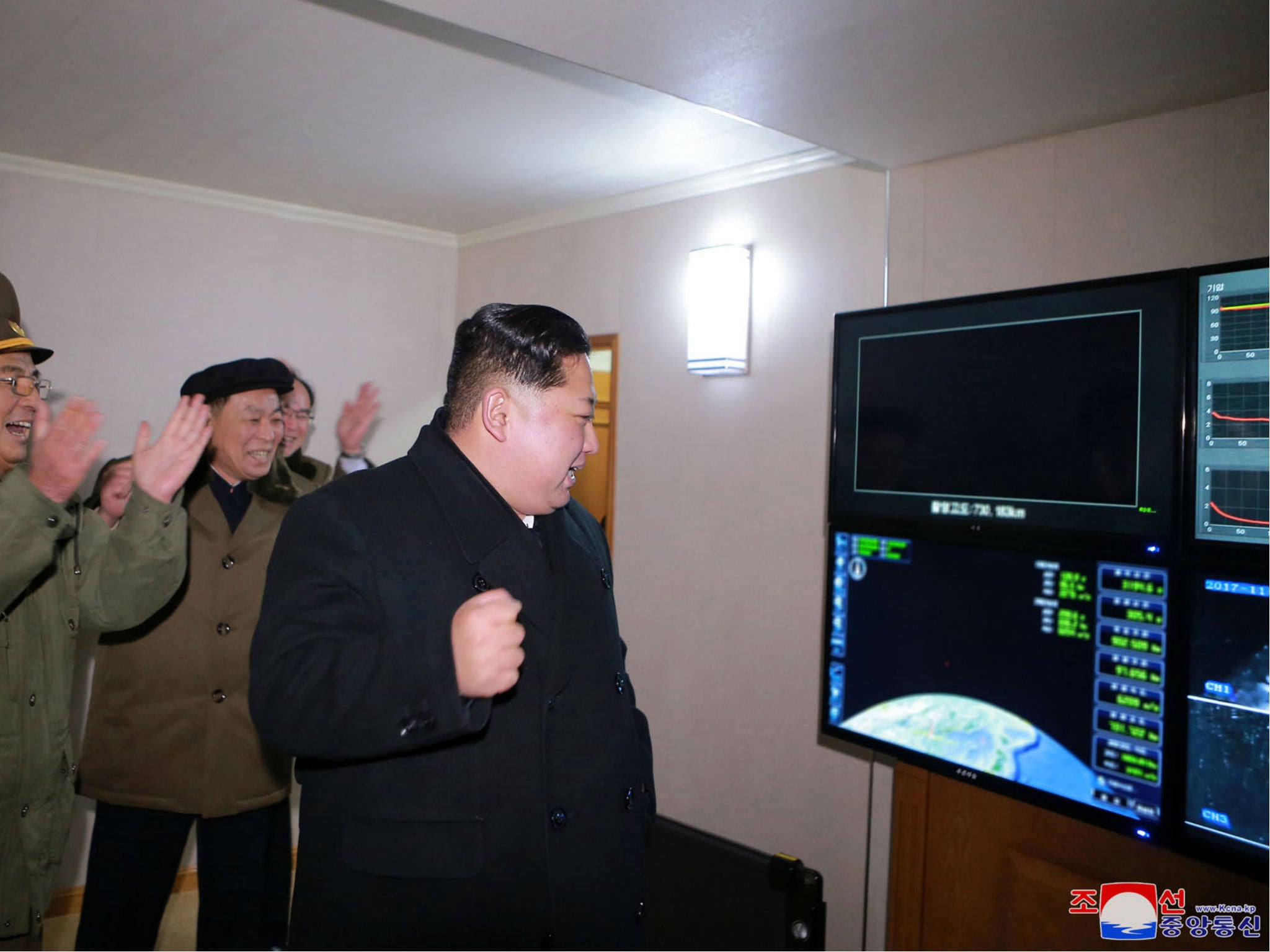
The missile flew higher than any before it, leading to fears that Washington DC was now theoretically within range of a North Korean strike.
State programming said the missile was “significantly more powerful” than past iterations, capable of holding a “super-large heavy nuclear warhead” and reaching the “whole mainland” of the United States.
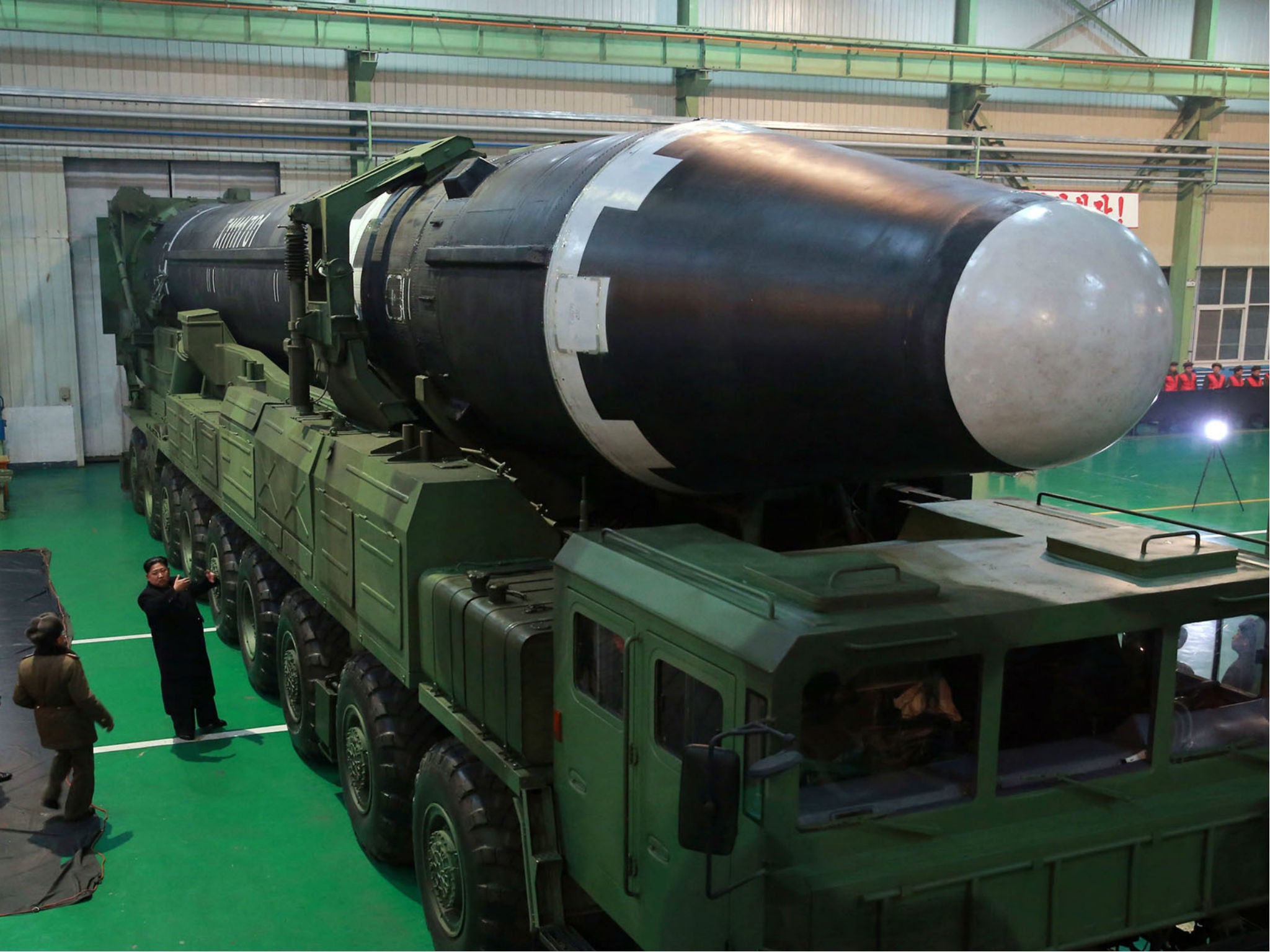
The launch prompted global outrage, as has become normal after such events.
US President Donald Trump tweeted that he would impose “additional major sanctions” on top of the already-onerous restrictions put in place by the UN this year.
Japan’s UN Ambassador Koro Bessho said the international community must “keep the pressure up so that North Koreans will understand that they need to change their course.”
However, US Secretary of State Rex Tillerson said he was not giving up on the diplomatic route.
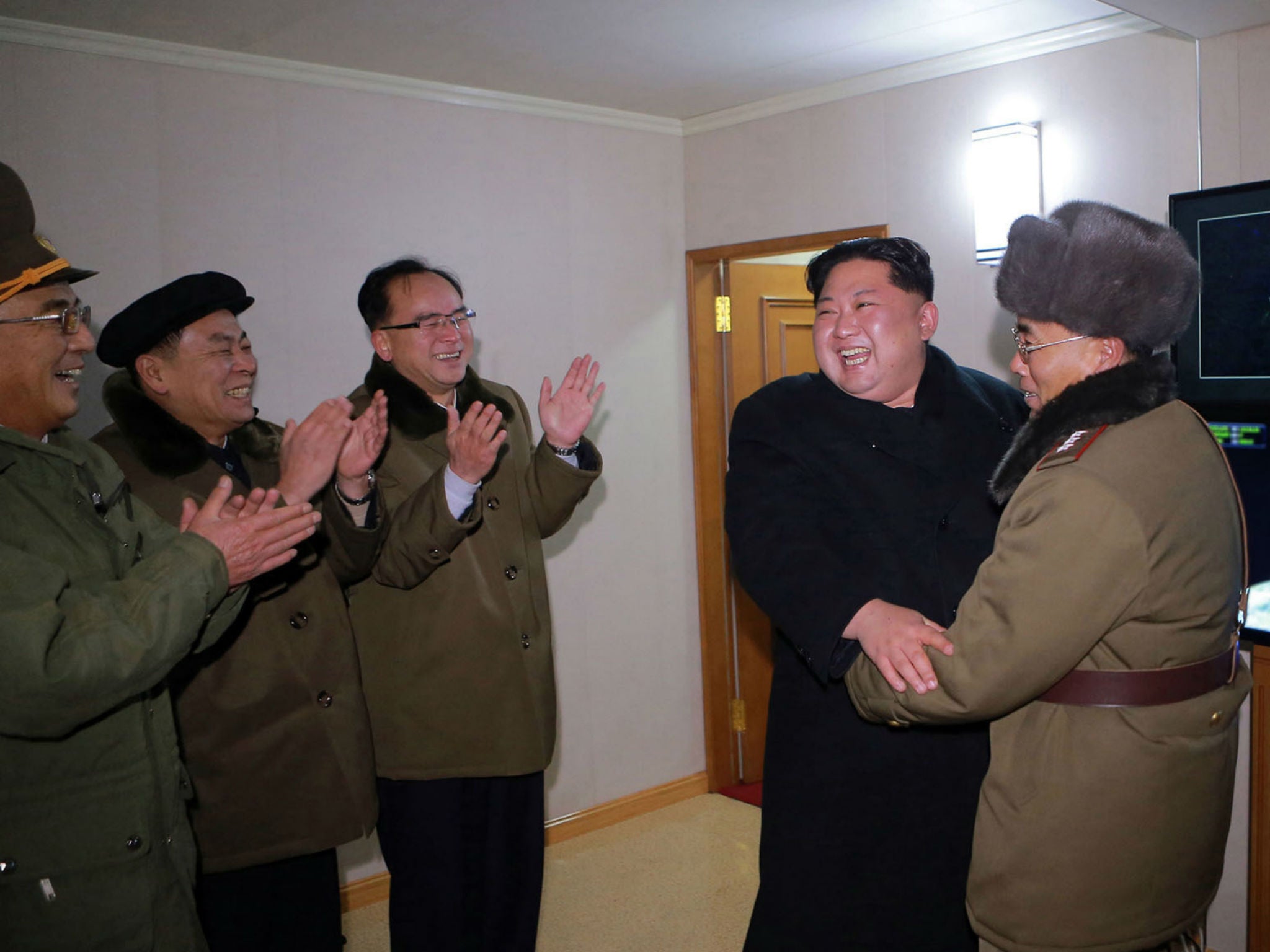
State media said the missile was “significantly more powerful” than past iterations, capable of holding a “super-large heavy nuclear warhead” and reaching the “whole mainland” of the United States.
The launch was presented inside the reclusive state as a victory against “the US imperialists’ nuclear blackmail policy and nuclear threat,” and North Korea was described as a “responsible nuclear power”.
Join our commenting forum
Join thought-provoking conversations, follow other Independent readers and see their replies
Comments